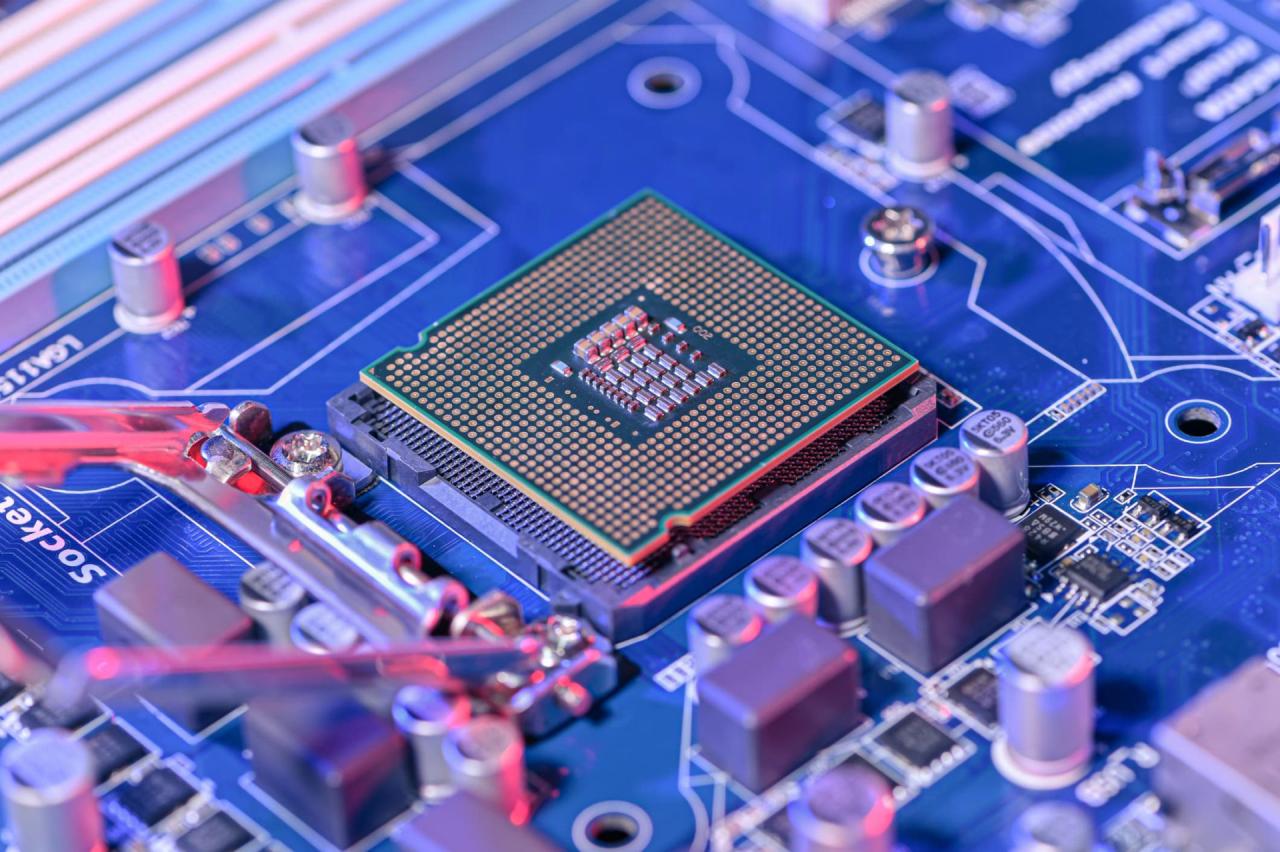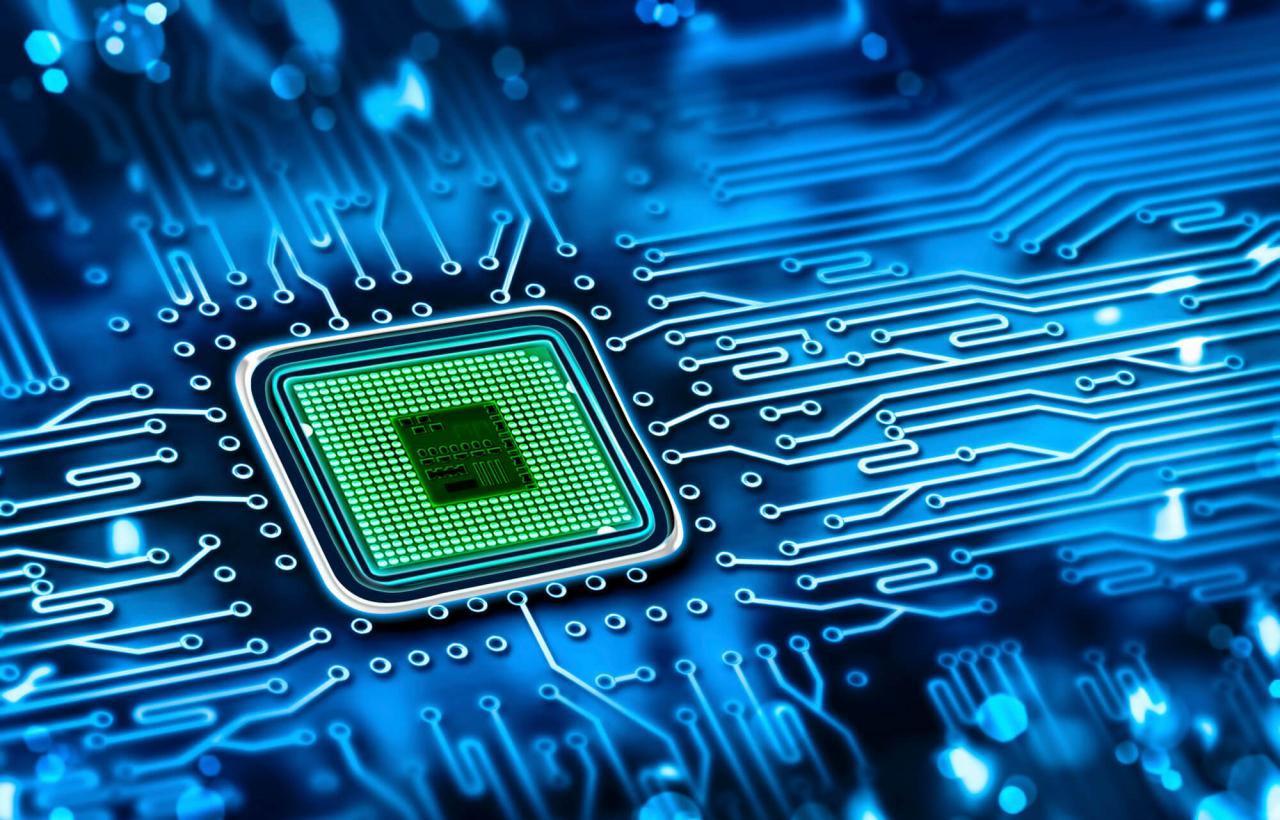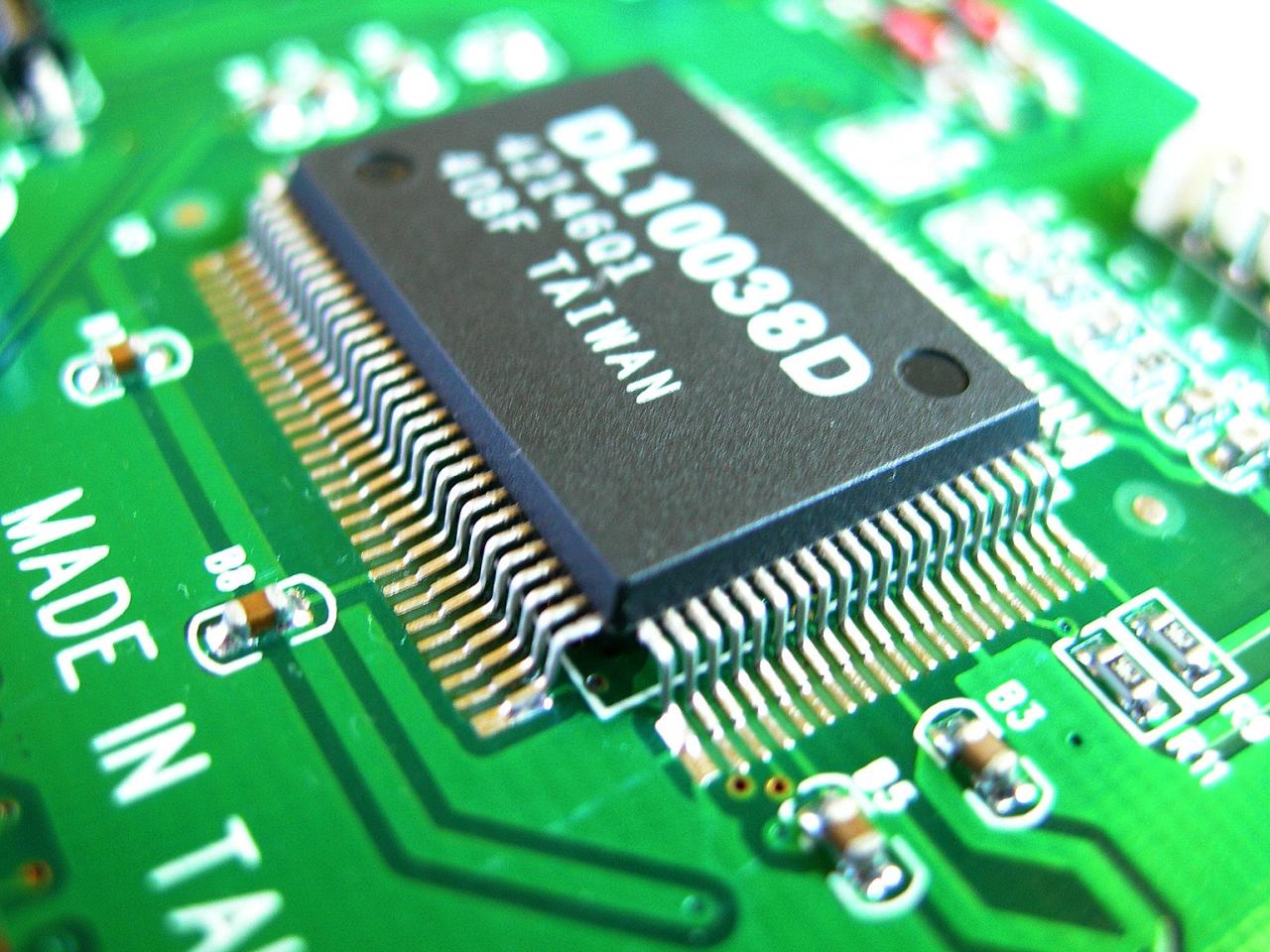Chip iPhone technology has undergone remarkable transformations, significantly enhancing performance and user experience over the years. From its inception in the original iPhone to the cutting-edge chips of today, Apple has continually pushed the boundaries of what mobile processors can achieve. This journey not only highlights the impressive advancements in chip design but also the strategic shift from relying on external suppliers to developing in-house solutions that have defined the smartphone landscape.
The evolution of iPhone chips is a tale of innovation that intertwines with improvements in battery efficiency, processing power, and overall device capability. With each new generation, users experience faster multitasking, enhanced gaming experiences, and smarter AI functionalities that redefine what we expect from our devices.
History of iPhone Chip Development
The development of chip technology in iPhones has played a pivotal role in shaping the device’s capabilities, performance, and user experience. Since the introduction of the first iPhone in 2007, Apple has focused on optimizing hardware and software integration through advanced chip solutions. This evolution reflects not only technological advancements but also Apple’s strategic shift in manufacturing practices.
The initial iPhone models relied heavily on external suppliers for their chipsets. The original iPhone launched with the Samsung-sourced ARM1176JZF-S processor, which was simply adequate for handling basic tasks. However, as Apple recognized the importance of performance and efficiency, the company transitioned to developing its own custom chips. This shift began with the introduction of the A4 chip in the iPhone 4, marking a significant turning point in Apple’s approach to hardware.
Transition to In-House Chip Production
Apple’s decision to move towards in-house chip production has been crucial in enhancing the efficiency and performance of the iPhone. This strategy allows Apple to have complete control over the design and optimization of its processors, which has led to significant enhancements in processing power and energy management. The following key developments underscore this transition:
- The A4 chip debuted in 2010, providing a 1 GHz single-core processor that improved overall performance compared to its predecessors.
- In 2012, the A6 chip introduced in the iPhone 5 included a custom dual-core design, which increased performance while maintaining low power consumption.
- The launch of the A12 Bionic chip in 2018 marked a breakthrough with a 7-nanometer process technology, enabling faster machine learning capabilities and graphics performance.
- The latest A16 Bionic chip, used in the iPhone 14 Pro, features a 6-core CPU and 5-core GPU, focusing on efficiency and performance with enhanced battery life.
Each generation of Apple’s chips has brought advancements that directly impact the user experience. For instance, the shift to smaller manufacturing processes not only enhances performance but also reduces power consumption, leading to improved battery life.
Impact of Chip Advancements on Performance and Battery Life, Chip iphone
The evolution of iPhone chips has had a profound impact on both performance and battery life. As Apple has refined its chip technology, several key areas of improvement have emerged:
- Enhanced processing speed, allowing for smoother multitasking and improved app performance.
- Significantly better graphics rendering for gaming and augmented reality applications, making iPhones more capable as gaming devices.
- Integration of machine learning capabilities, enabling features such as improved photography and personalized user experiences.
- Optimized power efficiency, resulting in longer battery life, which is critical for users relying on their devices throughout the day.
In summary, the advancements in chip technology within the iPhone lineup have not only elevated the device’s performance but also significantly improved battery longevity. This combination of innovations underscores Apple’s commitment to delivering a superior user experience through continual enhancements in chip development.
Specifications of Current iPhone Chips

The latest iPhone chips represent a significant leap in processing capabilities, energy efficiency, and integrated technology. These advancements not only enhance the user experience but also lay the groundwork for future innovations in mobile computing. As Apple continues to push the boundaries of chip design, the specifications of these components reflect a commitment to delivering superior performance in a compact form factor.
The current iPhone chip, known as the A17 Bionic, is a product of extensive engineering and research. It is built on a 3nm process technology, allowing for greater transistor density and improved power efficiency compared to its predecessors. With its advanced architecture, the A17 Bionic features significant improvements in processing power, graphics rendering, and machine learning capabilities.
Comparative Performance Analysis
The processing power and efficiency of the A17 Bionic can be distinctly contrasted with previous generations such as the A16 and A15 chips. The enhancements in performance are evident through various benchmarks and real-world applications, showcasing the evolution of Apple’s chip technology.
The following table Artikels the key specifications of the current and previous iPhone chips, highlighting critical features such as CPU cores, GPU power, and neural engine capabilities:
| Chip Model | CPU Cores | GPU Cores | Neural Engine Cores | Process Technology |
|---|---|---|---|---|
| A17 Bionic | 6 | 6 | 16 | 3nm |
| A16 Bionic | 6 | 5 | 16 | 4nm |
| A15 Bionic | 6 | 4 | 16 | 5nm |
These specifications illustrate the incremental advancements made in Apple’s chip architecture. The A17 Bionic, for instance, provides a notable increase in GPU performance, enabling more complex graphics rendering and enhanced gaming experiences. Additionally, the improved efficiency of the 3nm process contributes to longer battery life, allowing users to engage in demanding tasks without compromising on performance.
In terms of machine learning, the neural engine in the A17 Bionic can process up to 35 trillion operations per second, showcasing a significant improvement over previous generations. This capability allows for faster and more efficient execution of tasks such as image recognition, natural language processing, and augmented reality applications.
Overall, the specifications of the current iPhone chips not only highlight the technical prowess of Apple’s engineering team but also set the stage for future innovations in mobile technology, providing users with devices that are not only powerful but exceptionally efficient.
Role of Chips in iPhone Functionality: Chip Iphone

The chips in iPhones serve as the heart of the device, orchestrating a wide array of functions that significantly enhance user experience. From delivering seamless multitasking capabilities to enabling immersive gaming experiences, the chip’s architecture and performance play a crucial role in how iPhones operate.
The performance of iPhones is deeply influenced by the capabilities of their chips. These chips are designed not only to handle basic tasks but also to support advanced functionalities that include multitasking and high-performance gaming. The efficiency of the chip determines how smoothly applications run concurrently, allowing users to switch between tasks without lag. For gaming, the graphics processing capabilities are essential, providing rich visuals and responsive gameplay that elevate the experience. The latest iPhone chips, such as the A15 and A16 Bionic, are engineered with high-performance cores that manage demanding workloads seamlessly, resulting in an optimized experience across various applications.
Integration of AI Capabilities
The incorporation of artificial intelligence (AI) capabilities within iPhone chips has transformed user interactions. These chips are embedded with neural engines specifically designed to process complex computations related to machine learning, enabling features such as image recognition, natural language processing, and enhanced photography. The AI capabilities significantly improve the user experience by offering personalized suggestions, optimizing battery life, and enhancing security through advanced facial recognition and biometric features.
The advances in AI processing power within these chips have led to several enhancements:
- Smart HDR for improved photography, allowing for better color and detail in images.
- Real-time translation capabilities that support multiple languages while maintaining context, providing convenience for users.
- Enhanced voice recognition and processing for Siri, allowing for quicker and more accurate responses to user commands.
“With the A16 Bionic chip, Apple achieved a benchmark score of over 1,800 in single-core performance and nearly 5,000 in multi-core performance, setting a new standard for smartphone processing capabilities.”
The synergy of high-performance processing and AI-driven features culminates in an iPhone experience that is not only faster but also smarter, adapting to user behaviors and preferences to provide a highly responsive interface. As such, the role of chips extends beyond mere functionality; they redefine how users engage with their devices, making tasks more efficient and enjoyable.
Future Trends in iPhone Chip Technology

As technology continues to evolve rapidly, the future of iPhone chip development holds exciting possibilities. Innovations in semiconductor technology and artificial intelligence (AI) are set to redefine the capabilities of mobile devices. The integration of improved processing power, energy efficiency, and specialized functions within these chips will enhance user experience and facilitate advanced applications in various domains, particularly in photography and augmented reality (AR).
Emerging technologies and trends that are likely to influence the next generation of iPhone chips include smaller process nodes, increased integration of AI capabilities, and advancements in 5G technology. These developments will not only improve the performance of the iPhone but also expand its functionality, enabling users to leverage cutting-edge features.
Predictions for Advancements in iPhone Chips
The anticipated advancements in iPhone chip technology could lead to significant enhancements in areas such as photography and augmented reality. By integrating more powerful processing capabilities and deep learning algorithms, future iPhone chips may revolutionize how users capture and interact with images and AR experiences.
Key potential advancements include:
| Advancement | Description | Expected Impact |
|---|---|---|
| AI Image Processing | Enhanced algorithms for real-time image recognition and enhancement. | Improved photography quality, including better low-light performance and dynamic range. |
| Integrated LiDAR Technology | More sophisticated 3D mapping capabilities directly on the chip. | Enhanced AR experiences, allowing for more accurate object placement and interaction. |
| Advanced Neural Engines | Faster and more efficient processing of machine learning tasks. | Real-time video analysis and augmented reality features with minimal latency. |
| 5G Integration | Native support for advanced 5G features within the chip architecture. | Faster download/upload speeds and reduced lag for cloud-based applications. |
| Energy Efficiency Improvements | New materials and designs aimed at reducing power consumption. | Longer battery life while maintaining high performance in demanding applications. |
These advancements indicate a shift towards a more interconnected and intelligent device ecosystem, where chips do not just serve basic functions but contribute to an enriched user experience. As chip technology continues to advance, users can look forward to more powerful, efficient, and versatile iPhones that enhance everyday tasks and unlock new possibilities in photography and augmented reality.
Query Resolution
What is the latest chip used in iPhones?
The latest chip used in iPhones is the A17 Bionic, known for its advanced performance and efficiency.
How does the chip impact battery life in iPhones?
The chip’s architecture and efficiency optimizations significantly enhance battery life by managing power consumption more effectively.
Why did Apple switch to in-house chip production?
Apple switched to in-house chip production to gain greater control over performance, reduce reliance on suppliers, and innovate faster.
What role does the neural engine play in iPhone chips?
The neural engine enhances AI and machine learning capabilities, allowing for improved features such as photo recognition and voice processing.
How do iPhone chips compare to competitors?
iPhone chips are often recognized for their high performance and efficiency, outperforming many competitors in benchmarks and real-world usage.
The Samsung Galaxy S10+ stands out with its stunning display and powerful performance, making it a top choice for tech enthusiasts. With features like an impressive camera setup and long-lasting battery life, it caters to users who demand excellence in their smartphone experience. Whether for photography or daily tasks, this device delivers on all fronts.
When exploring the latest innovations, the Samsung S 19 emerges as a game-changer. Known for its sleek design and cutting-edge technology, this smartphone promises enhanced performance and an exceptional user experience. Ideal for multitaskers and gamers alike, the S 19 embodies Samsung’s commitment to pushing the boundaries of mobile capability.